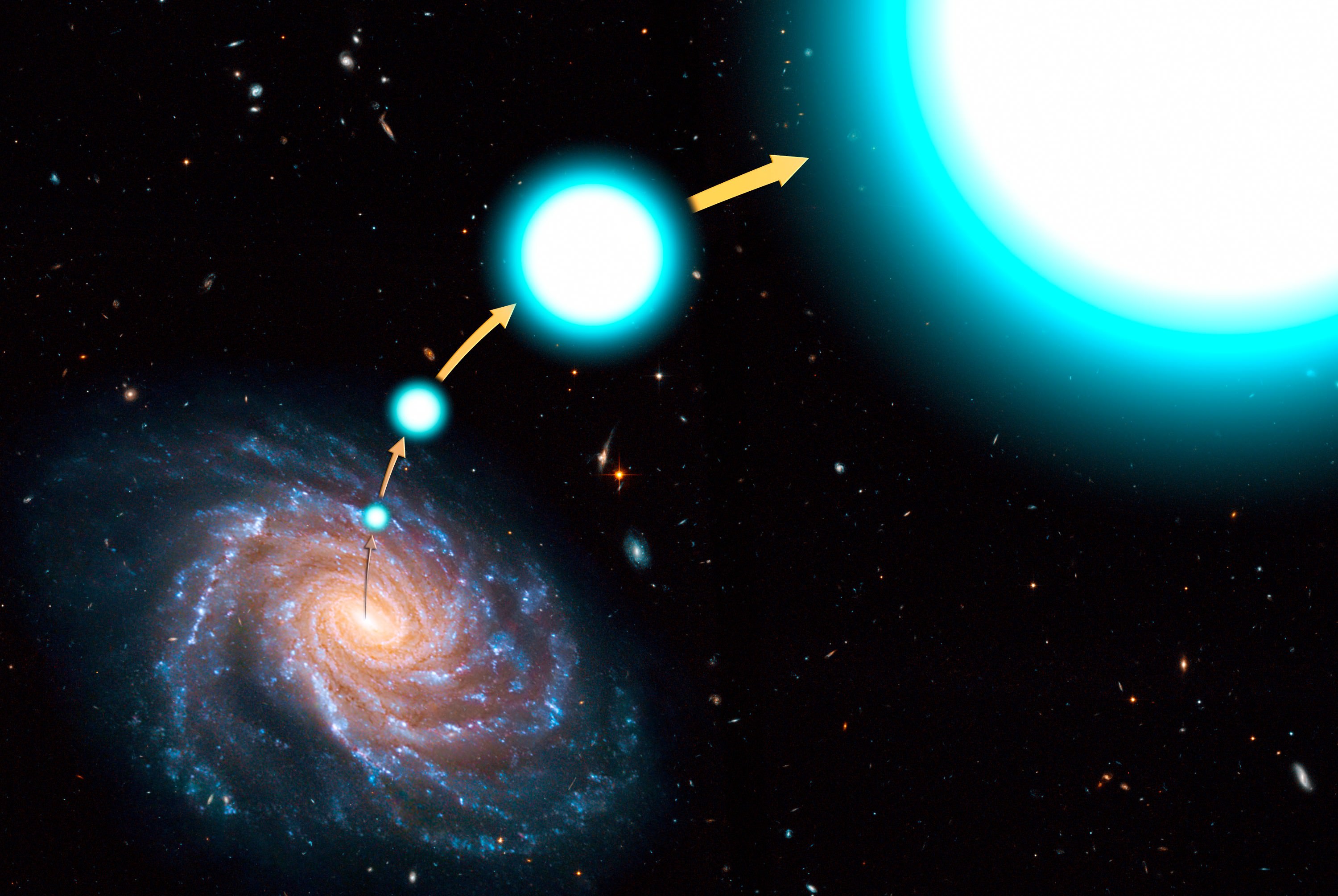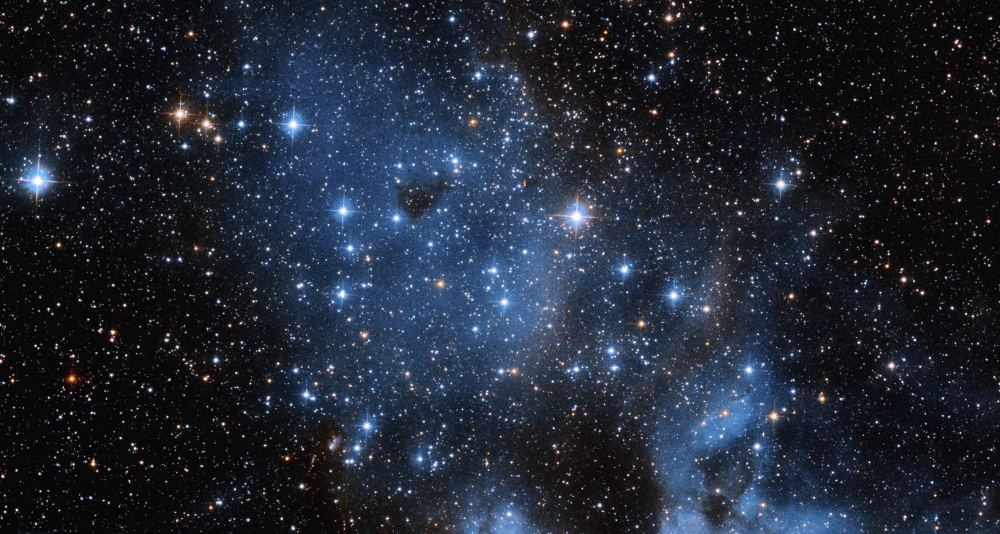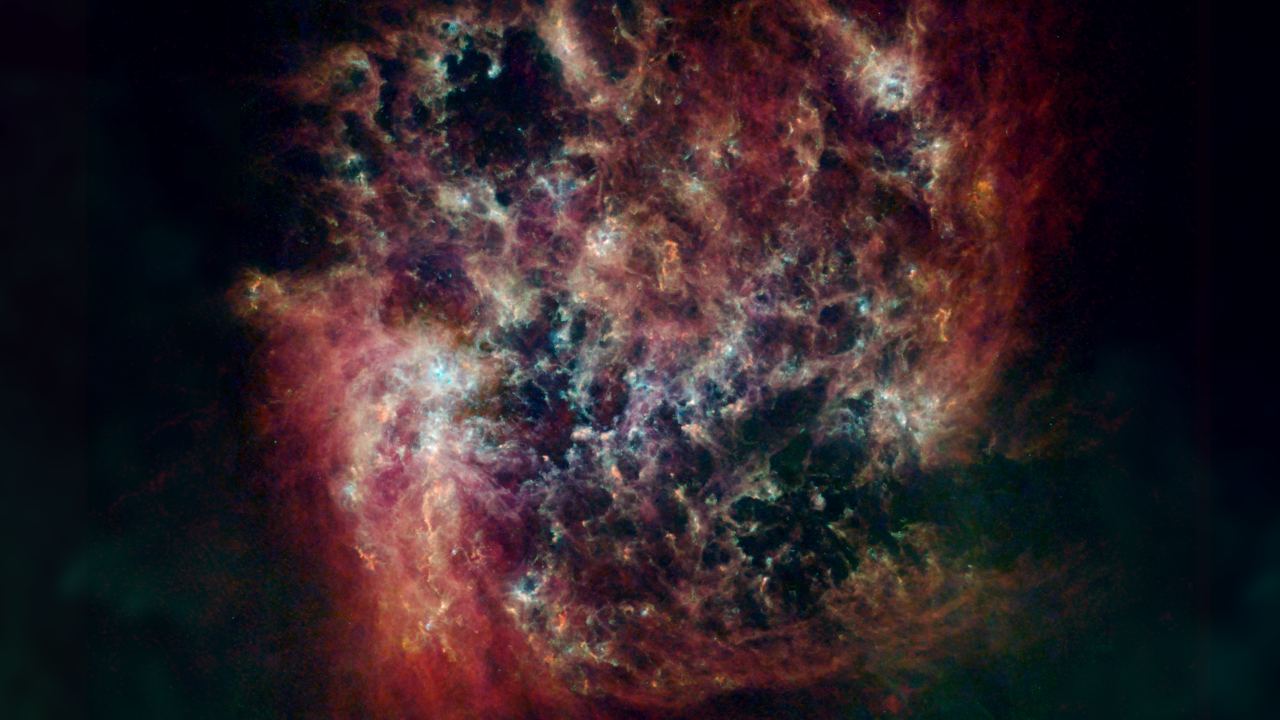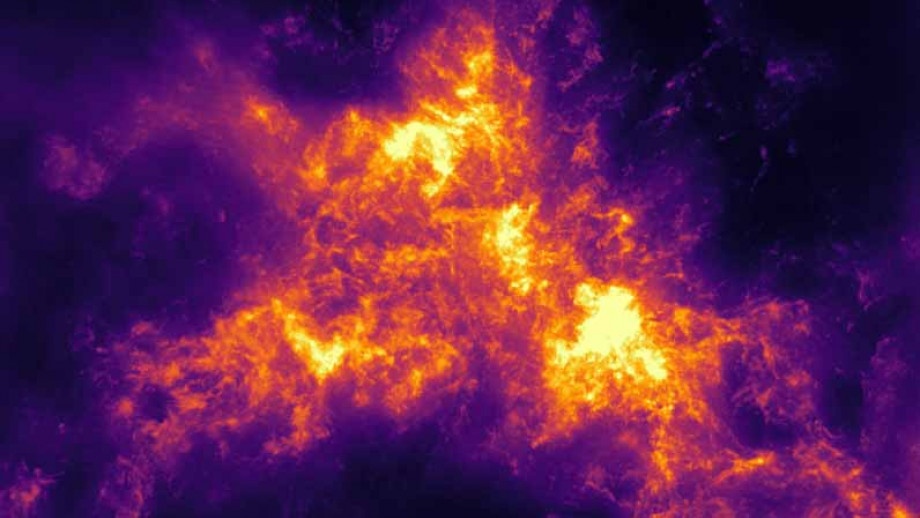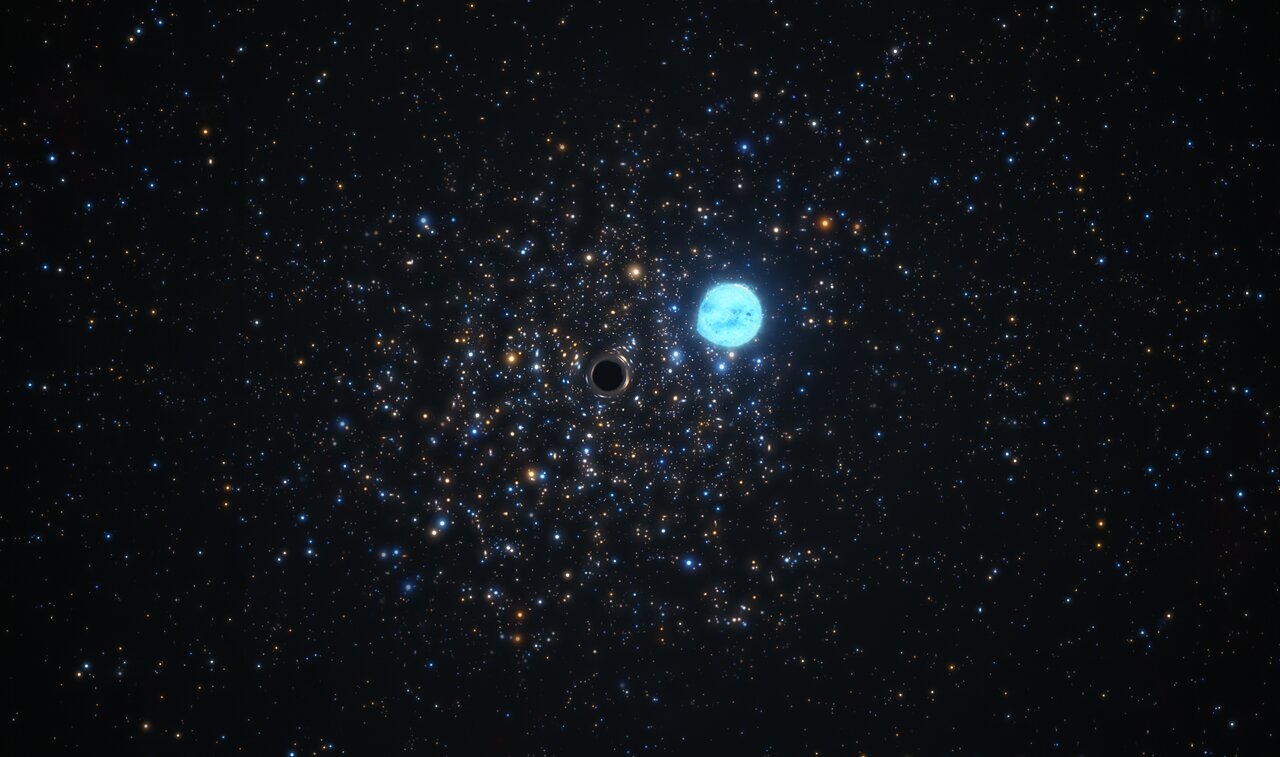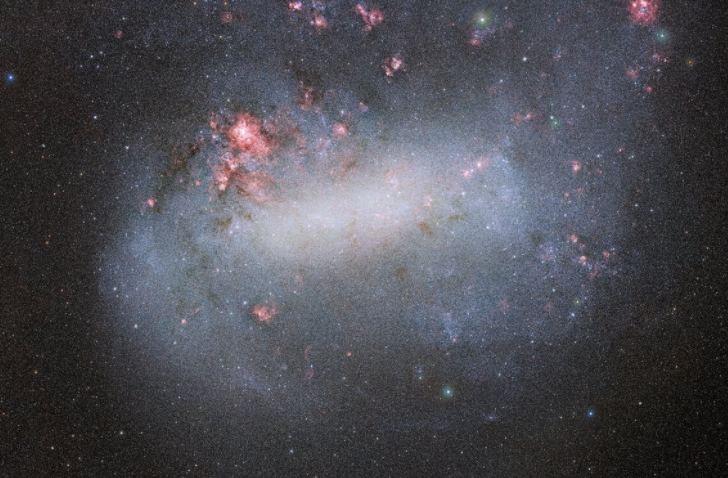Hypervelocity stars (HVS) certainly live up to their name, traveling thousands of kilometers per second or a fraction of the speed of light (relativistic speeds). These speed demons are thought to be the result of galactic or black hole mergers, globular clusters kicking out members, or binary pairs where one star is kicked out when the other goes supernova. Occasionally, these stars are fast enough to escape our galaxy and (in some cases) take their planetary systems along for the ride. This could have drastic implications for our theories of how life could be distributed throughout the cosmos (aka. panspermia theory).
There are thousands of these stars in our galaxy, and tracking them has become the task of cutting-edge astrometry missions (like the ESA’s Gaia Observatory). In previous research, astronomers suggested that these stars could be used to determine the mass of the Milky Way. In a recent study from Leiden University in the Netherlands, Ph.D. candidate Fraser Evans showed how data on HVS could be used to probe the mysteries of the most extreme objects in our Universe – supermassive black holes (SMBHs) and the violent supernovae of massive stars.
Continue reading “Hypervelocity Stars Teach us About Black Holes and Supernovae”
